Finnish company Novarbo has been working towards a peat-free substrate for their products for some time. Pirita Luolamaa-Vollebregt has been leading the way in working with and improving new raw materials that are both sustainable and cost-effective. A combination of wood fibers and acrotelm proves to be a successful alternative to peat. From the newly opened Biofiber Factory, the company can supply their substrate customers with a stable growing supply of wood fiber and a mix of wood fiber and acrotelm.
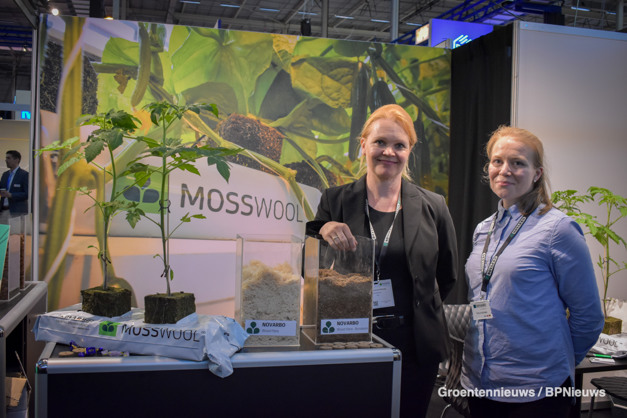 Pirita Luolamaa-Vollebregt and Tuulia Valkama
Pirita Luolamaa-Vollebregt and Tuulia Valkama
Acrotelm
It has been quite some years since Pirita saw the opportunities of acrotelm for the greenhouse industry. Acrotelm is the actively growing surface layer of bog, containing sphagnum mosses, grasses, subshrubs and other surface vegetation. Its thickness can vary from 10 to a few tens of centimeters. And what's even more important: Acrotelm is capable of regenerating in 20-25 years after harvest, making it a rapidly renewable biomass.
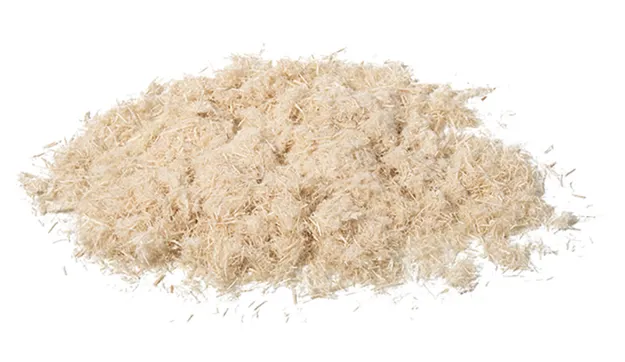
Wood fibre
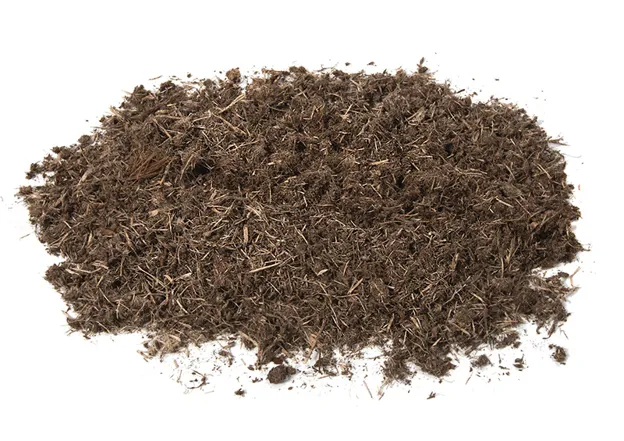
Wood fiber mixed with acrotelm
However, in a substrate, you cannot use more than 30 percent acrotelm, because it makes the substrate too wet and difficult to work with. "We found wood fiber as an addition to create a viable substrate that is both sustainable and cost-effective." Unlike moss, which acts as a sponge and retains too much moisture, wood fiber is much easier to work with. "It's also renewable and much more sustainable than traditional substrates, which are energy-intensive to produce and not biodegradable," says Pirita. "One of the key benefits of using wood fiber as a substrate is that it can be easily composted. This means that after the growing season is over, the substrate can be recycled and used again in future growing media. This is a significant improvement over traditional substrates like stone wool, which cannot be composted and must be disposed of after use."
There are some challenges to using wood fiber as a substrate. "Wood fiber is not cheap, and with the energy crisis, it's become even more expensive." Additionally, the price of wood chips has also gone up, which could impact the company's plans for using wood fiber in their substrates. In order to no longer depend on other suppliers, they decided to invest in their own factory.
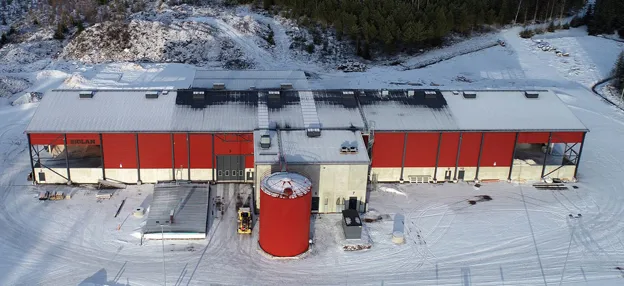
Production started
The Biofiber Factory, which is owned by Novarbo's parent company, Bioland Group, has been instrumental in developing these new raw materials. The construction of the new factory started in the fall of 2021, and the first test runs were made the following fall. At the beginning of 2023, professional production started. Pirita explains that "the factory makes 100 percent wood fiber, which is a loose product." This product can be used as a standalone substrate or mixed with other materials like peat or coco to create a variety of substrates for different types of crops. The first wood fiber-containing substrates are currently being manufactured, and the first batch of wood fiber is on its way to Dutch substrate companies, who will supply growers looking for sustainable and cost-effective substrates with fewer or no peat.
"Acrotelm and wood fiber can be used as a peat-free alternative, but can also be used in a mixture with peat or coco, to at least reduce the use of these materials. Growbag suppliers use the pure wood fiber in the mix, and upon request, we can mix it with the acrotelm as well", she says.
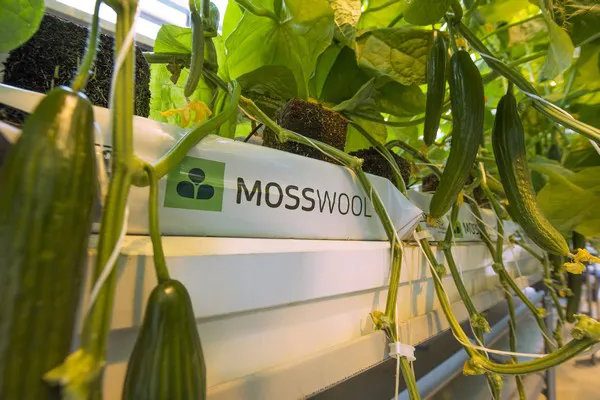
"Thanks to the new factory, it looks like we can even increase the percentage of harvested acrotelm being used up to 100%, whereas before, we lost some product after the drying and sieving. Using 100% of the acrotelm will make the product more sustainable and cheaper as well."
The new substrate materials are included in a project of the Finnish Glasshouse Growers' Association and Natural Resources Institute Finland, where professional growers test them with several different crops.
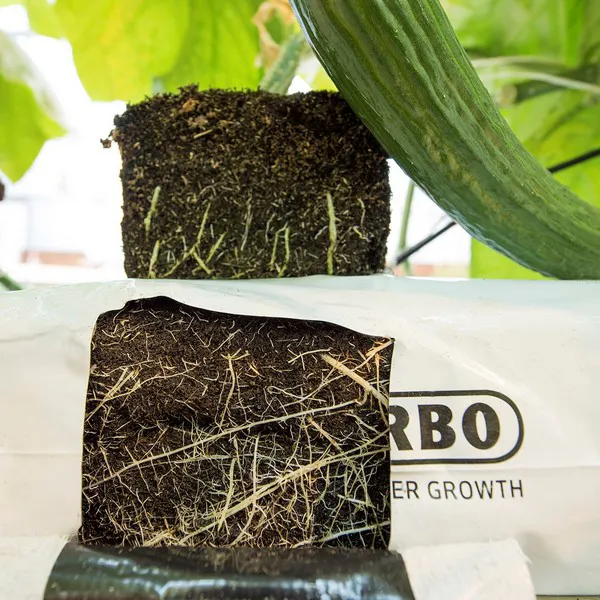
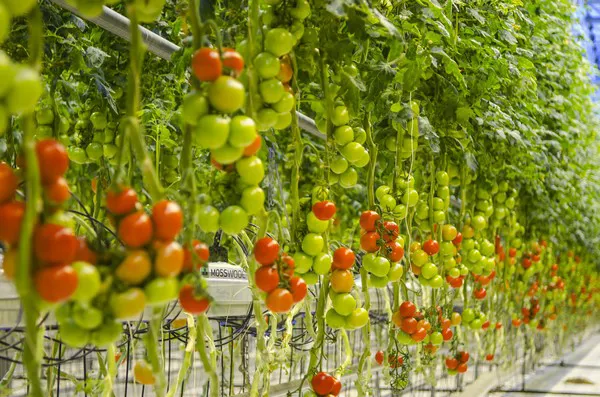
In the future, Pirita hopes to not only make the substrates cost-efficient but also a true alternative to peat. "That, or there has to be a harder push from the retail or consumer side." And also, in terms of agronomy, she's already miles ahead. "If you would make the right mixture of wood fiber and acrotelm, it would theoretically be possible to create plastic-free grow slabs. With other substrates, plastic is needed to keep the water inside, but wood fiber / acrotelm grow slabs remain their strong capillair characteristics. Imagine what would happen if we could create plastic-free, naked grow slabs and add the pots on top of the same material. Choose plastic-free bindings, and after the growing season, we can clear everything straight to compost in one go!"
The Biofiber Factory is the largest investment in Biolan Group's history, worth more than seven million euros. It has received support from the Ministry of Agriculture and Forestry's Nutrient Recycling Experiment Program managed by the ELY Centre of South Ostrobothnia.
For more information:
Novarbo Oy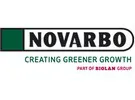
Lauttakyläntie 570, 27510 Eura
Tel.: (02) 5491 680
Fax. (02) 5491 660
